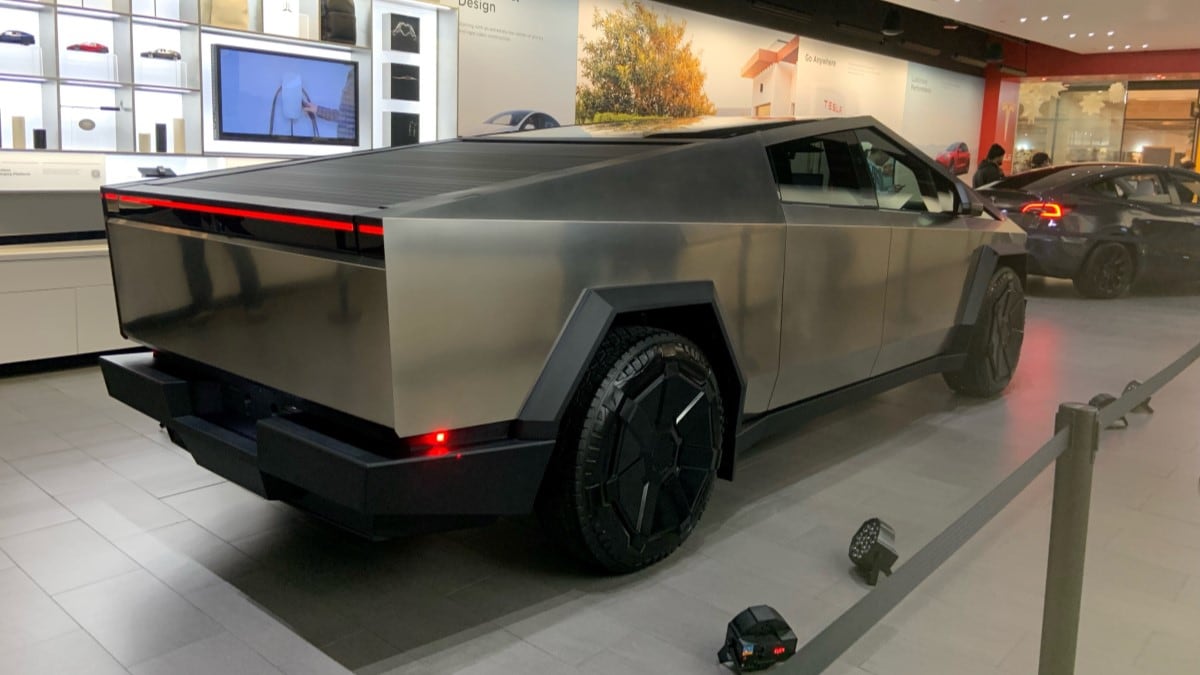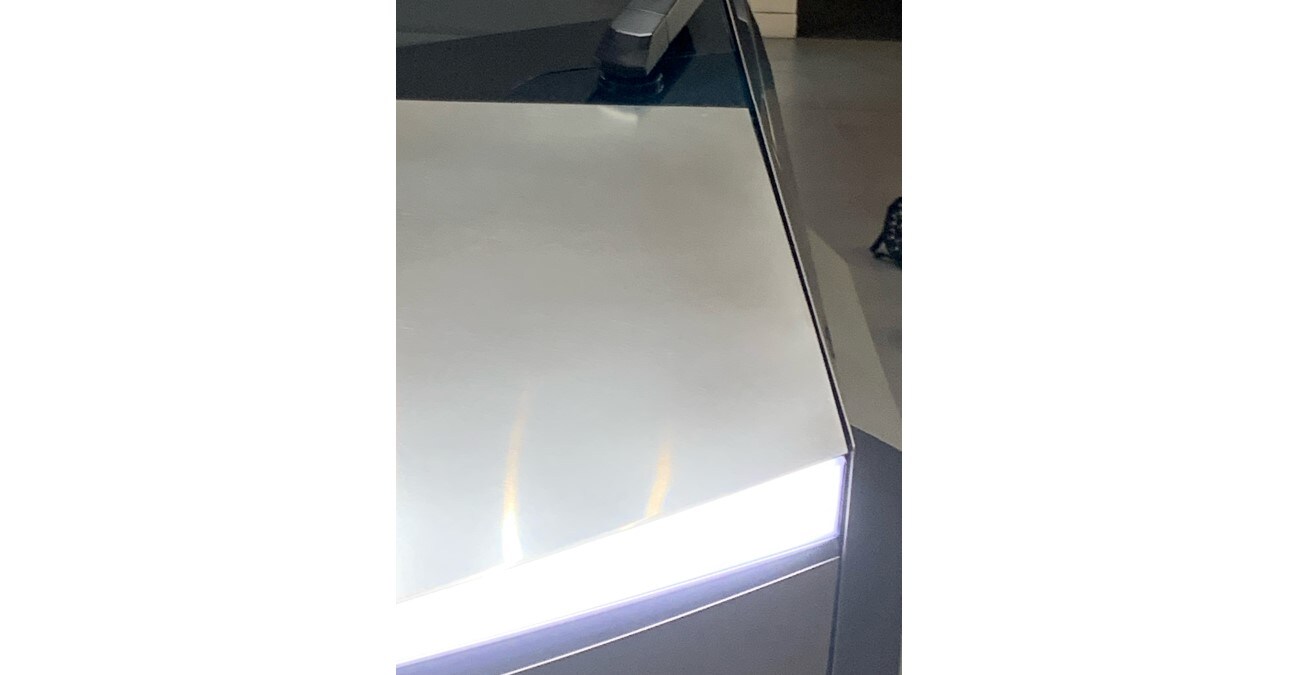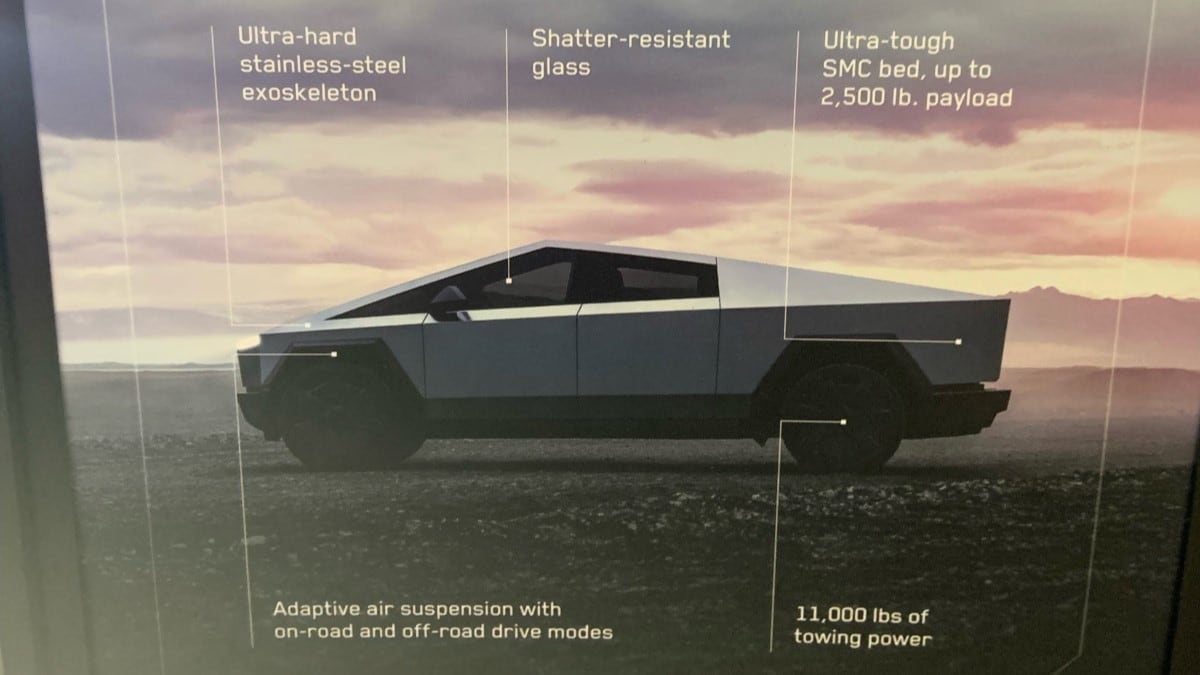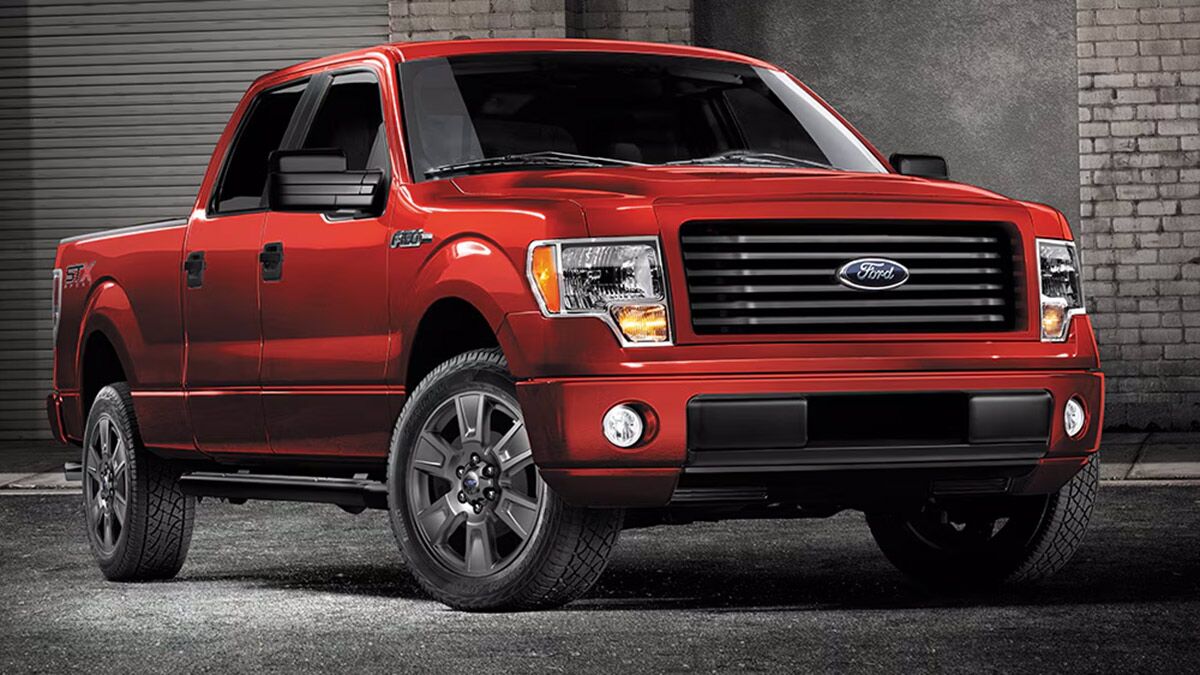The first Tesla Cybertrucks are set to be delivered. Posted specifications for the angular trucks fall short of what Tesla promised in earlier marketing materials. But that’s not likely to affect sales — the truck remains the most-anticipated automotive product in years. A long line of buyers wait with reservations, and Tesla expects production to be very slow.
Deliveries Start Tomorrow
Tesla plans a festive delivery event tomorrow, posted on the brand’s official YouTube channel and its account on X (formerly Twitter), the social media site owned by Tesla CEO Elon Musk. The event starts at 3 p.m. EST, noon PST.
A Tesla executive recently said the launch event might include delivery of just 10 trucks.
You Might Be Able To See One Today
If you live near some major cities, you can likely see the source of all the hype in person, as we did Tuesday. The company has parked Cybertrucks in some stores across North America, though it hasn’t published a list of where to find them.
Tesla won’t let the curious test drive them yet. Store employees told us they didn’t drive it in — it was delivered on a trailer and rolled in unpowered.
Some Specifications Revealed
Placards standing in front of the displayed trucks reveal a few specifications. They also reveal the new trucks fall short of the company’s promises, though that likely won’t matter to most buyers.
The ads promise an “ultra-tough” sheet-molded composite bed with “up to 2,500 lb. payload.”
The company has taken down all web pages advertising the truck, replacing them with a line drawing and a countdown to the delivery event. But as recently as last week, marketing materials on the Tesla website promised a payload capacity of 3,500 pounds. The finished truck is apparently 1,000 pounds shy of that figure.
Advertisements in stores also promise “11,000 pounds of towing power,” well under the 14,000-pound tow rating advertised recently.
Less Than Promised, But Still Class-Leading
Though the numbers are short of Tesla’s prior claims, they’re not bad for an electric truck. The Ford F-150 Lightning has an advertised payload capacity of 2,235 pounds and a towing capacity of 10,000. Both numbers apply only to models with an extended-range battery and towing package.
Chevrolet claims that its Silverado EV, in RST trim, will tow 10,000 pounds. Electric truck startup Rivian says its R1T — smaller than the Cybertruck — can tow the same 11,000 pounds, but carry just 1,764 total. When calculating payload capacity, always remember that everything in the cabin — including the driver — is payload.

In Person? It’s Monstrously Big
Kelley Blue Book visited a Cybertruck ahead of the launch and walked away impressed. The truck is much larger in person than photos convey. It’s technically smaller than a Ford F-150, but the brutalist angles and blocky surfaces make it appear larger.
It made other Teslas in the showroom look like scale models.
The bed on the display model was covered but looked small. Much of that space may go to the cabin.
Photos cannot show just how large the single windshield wiper is. The enormous windshield is almost square and uses nearly twice as much glass as a conventional truck. It’s dried by a single windshield wiper, probably over 4 feet long.
And, though the truck was roped off, fingerprints were obvious on the door panels. Keeping wide, flat stainless steel panels clean will be as hard on a truck as on a refrigerator.

Pre-Production Quality Problems Seem To Be Easing
Fit-and-finish problems that have lit up the internet with debate were almost absent from the display model.
Tesla has struggled to align large, flat, hard-edged pieces of stainless steel uniformly.
Those panel gaps were still slightly wider than what most manufacturers manage with sheet metal and were slightly uneven in places. But the lines are far straighter and more uniform than seen on early testing models. The gaps are unlikely to bother most buyers (even if they annoy car critics).
The unusual plastic wheel covers still jut out significantly from the rubber of the tires — expect curb rash on every Cybertruck eventually.
But there may not be many buyers at first. Musk has spent recent weeks trying to temper expectations about production, telling investors the truck will be “just incredibly difficult to bring to market to reach volume.”
The company claims it has more than 2 million reservations. But we wouldn’t be surprised if Cybertruck sightings are as rare as supercar sightings in the first year. So go see one while you can.







